Everyone is speculating on what will happen next, just as with every prediction of the future. In our opinion, making precise forecasts in a situation when everything is changing so quickly would be absurd. However, we may make some reasonable forecasts if we take into account the mega-trends and the underlying technical, economic, and human elements that are driving those trends.
For instance, the majority of the top outcomes concur that SCADA software will remain a staple in industrial automation applications. The almost 70-year-old SCADA system saga is not likely to come to a close any time soon.
This is a result of modern SCADA suppliers realizing the necessity for evolution. Instead of remaining motionless, they have thought about how to use their technology to rapidly and correctly address client demands while still keeping costs lower.
1. Millions of Connected Devices
The IIoT and the proliferation of connected devices have already brought about a change, but SCADA systems must be able to manage the enormous amount of data that will soon need to be monitored. Instead of hundreds or thousands of devices, networks will eventually contain thousands or possibly millions of them.
SCADA systems will be able to interface with and process data from all of these devices because of this. Lightweight publish/subscribe protocols like MQTT will displace the current poll-based communication standards.
2. Edge and Cloud will become a blur
We anticipate that the cloud will smoothly send out upgrades and settings for devices and software applications. The entire process will be frictionless, and the software will decide whether a software service should be performed on the edge, in the fog, or in the cloud automatically if you are able to provide what is important.
Even while everything will be controlled in the cloud (as opposed to being run using local development tools), there will be a lot of overlap, making it challenging to distinguish what belongs in the cloud from what doesn't. But we don't think it will be significant. The only things that matter are capacity and functionality.
3. Utilizing the Internet of Everything for integration will become ubiquitous and easy.
Due to obsolete message protocols or file transfers, today's integrations are pricey. We anticipate them becoming not just affordable but also commonplace in the future. Since all publications will stick to standard schemas, there won't be a need to translate the information because the system will immediately recognize what it's related to.
4. Adaptive, self-service UX
Additionally, we're moving toward a shift in UX. We must be as effective as we can given the expanding demand caused by the growing number of people. We need systems that need less manual labor and more software-based decision-making to prevent disaster and satisfy demand. We can increase throughput by making the machines quicker and smarter.
Additionally, there will be an increased focus on cybersecurity to prevent attacks and data breaches. SCADA software solution providers will need to develop more sophisticated security measures to protect their clients' data and ensure the smooth running of their operations.
Despite the fact that it sometimes sounds like Skynet, this doesn't indicate that there will be less need for human labor. Instead, the skill set of the future generation of employees, who will perform tasks that are distinct from those we currently perform, will change forever.

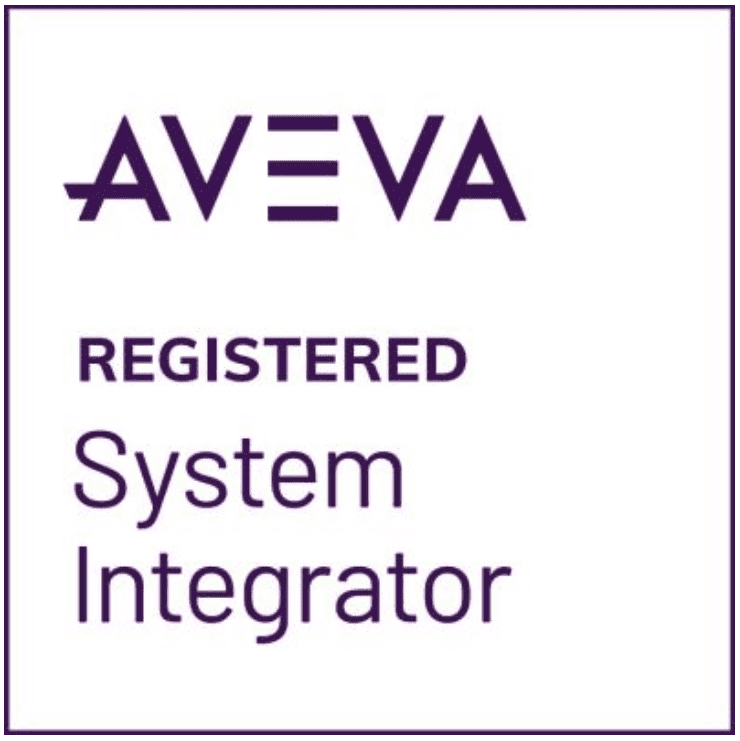
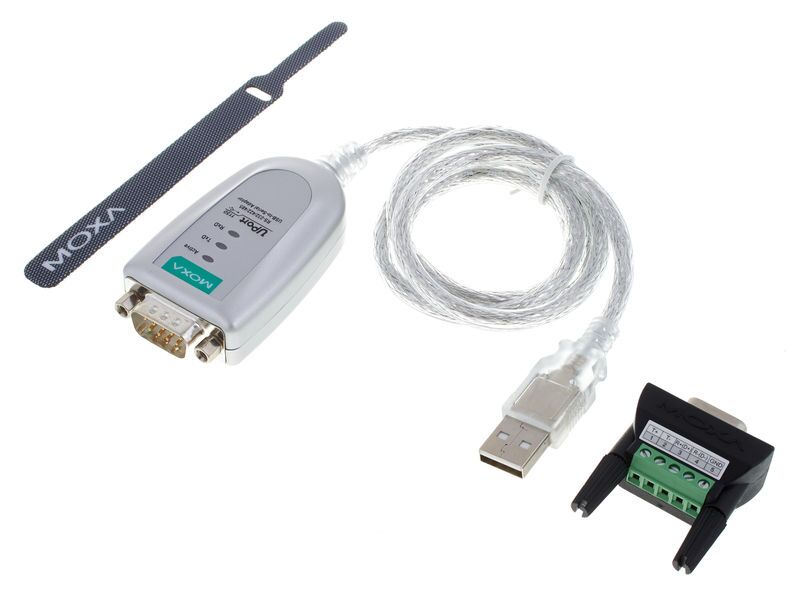



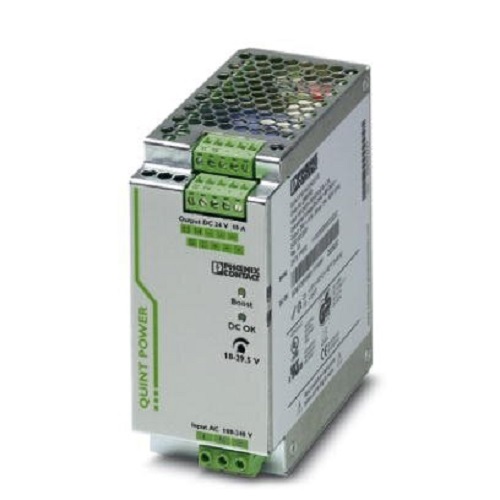
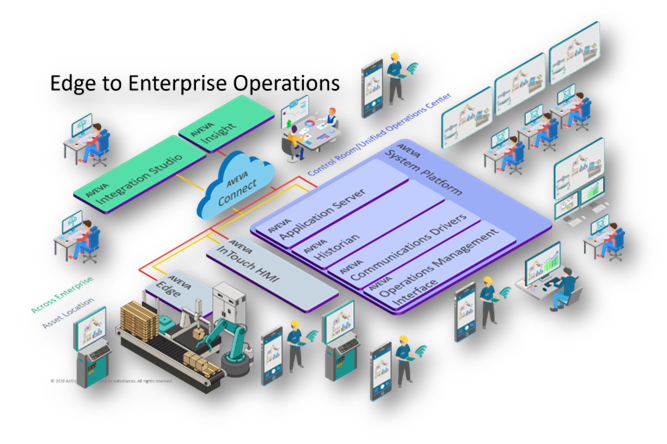
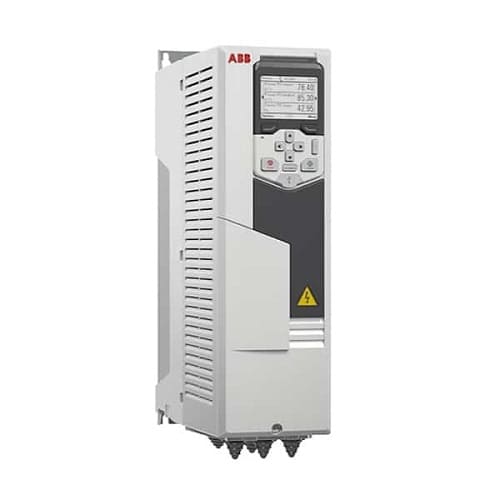
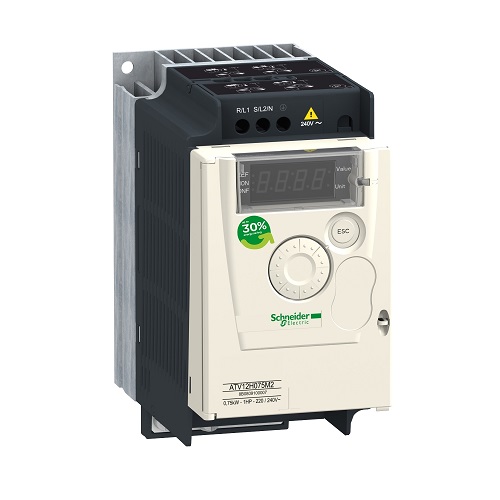
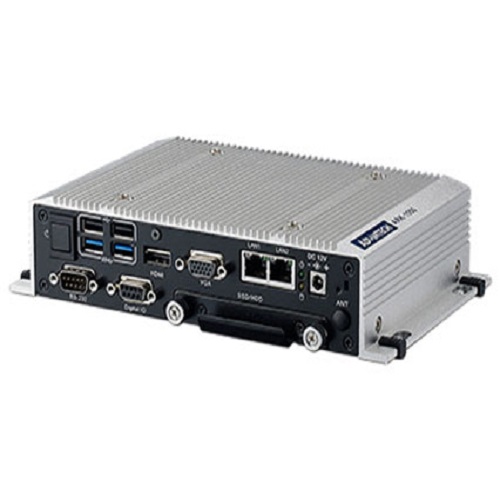
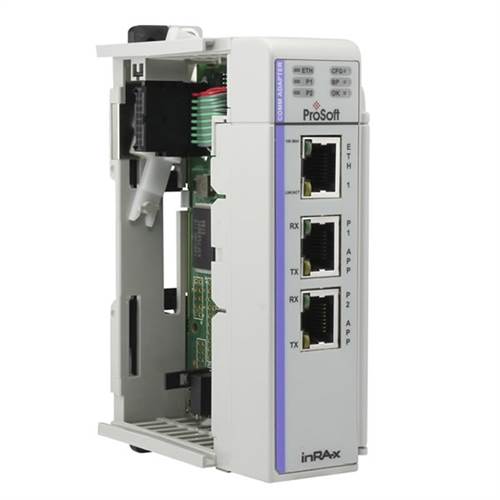
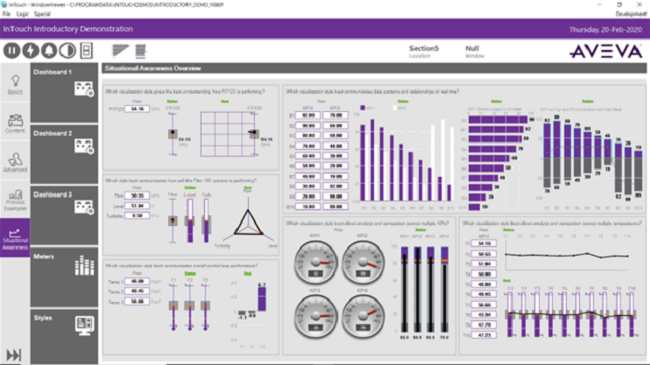
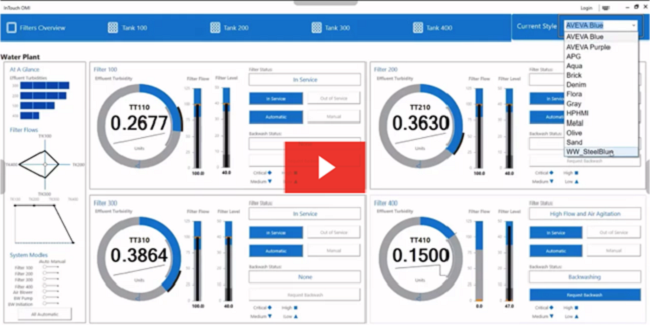
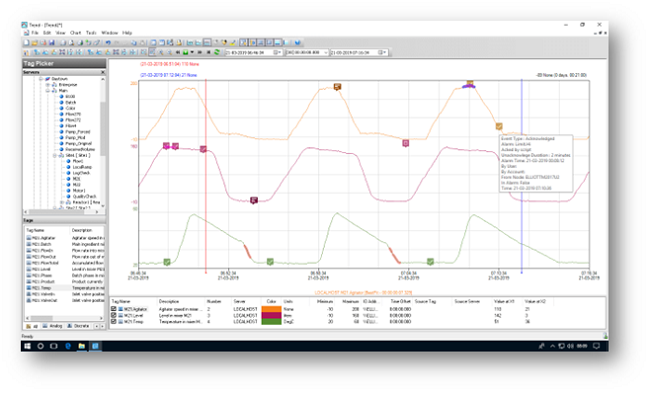
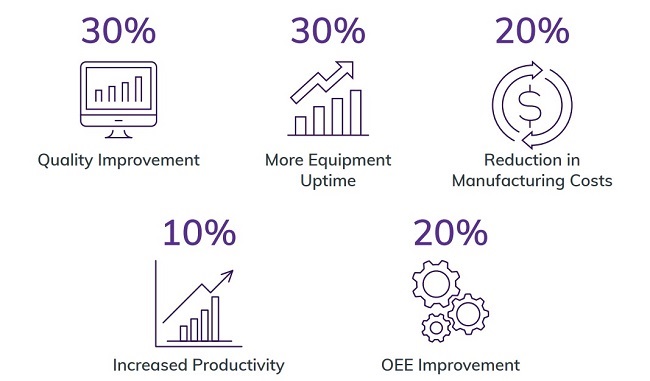
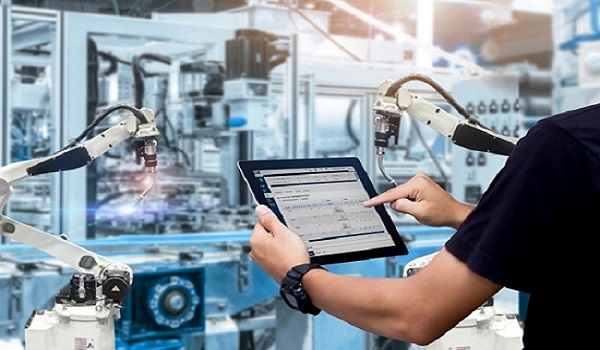
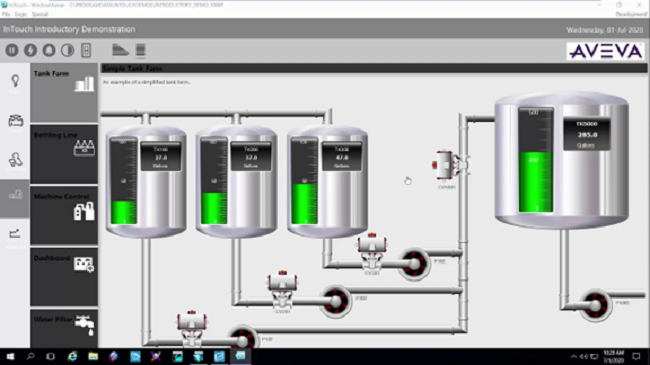
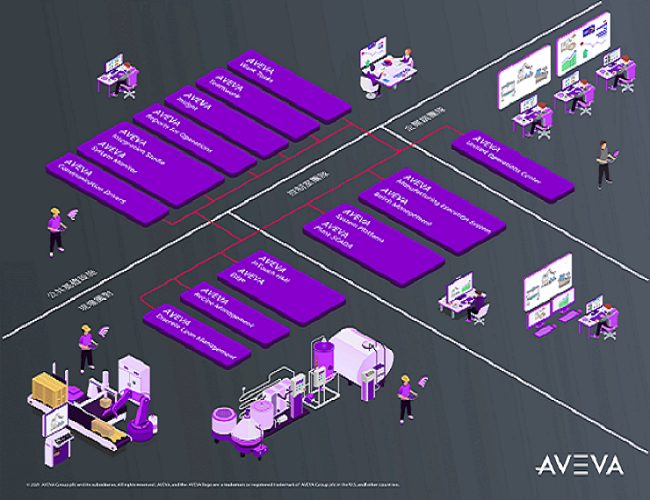
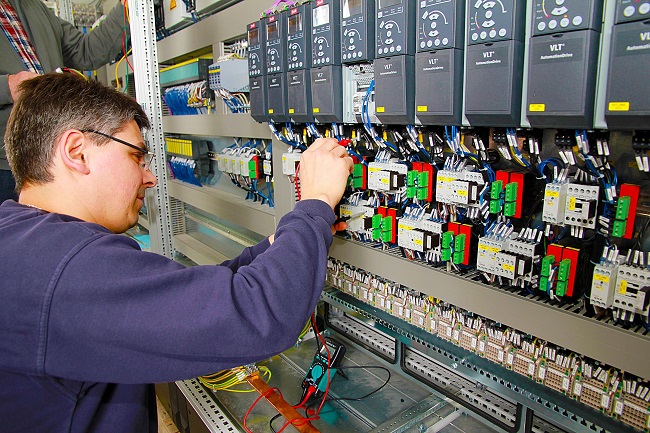
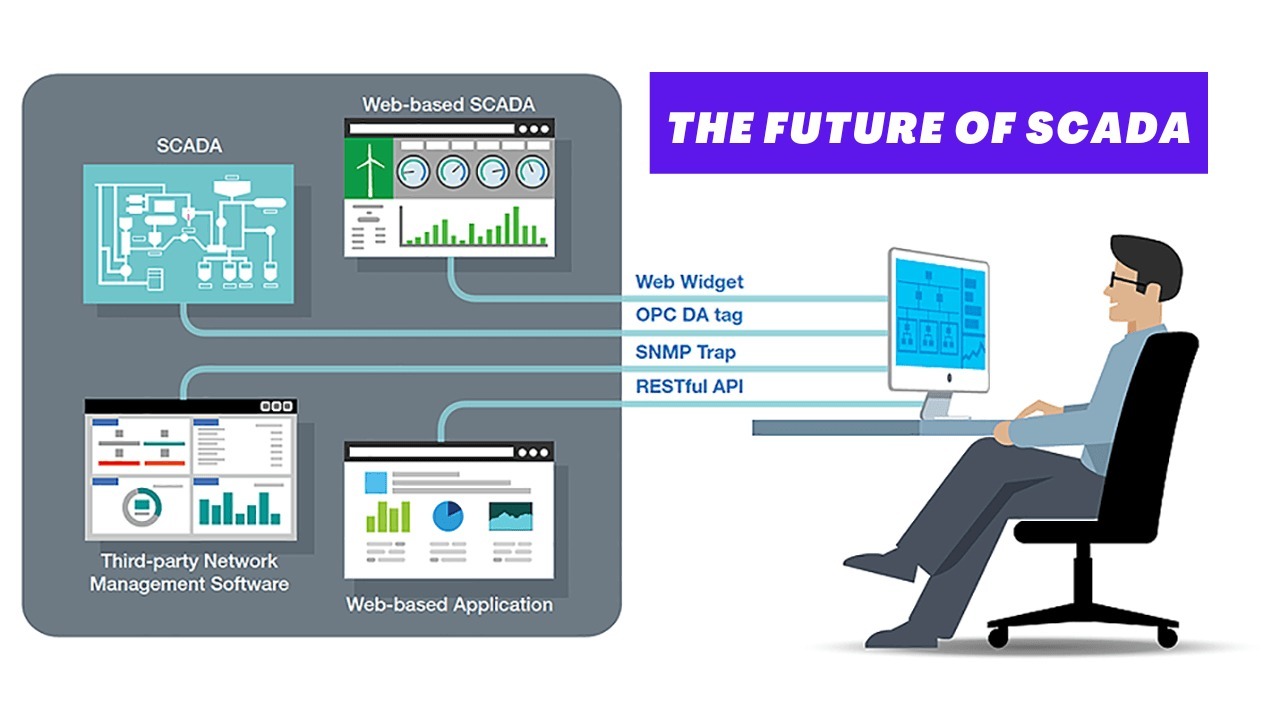







I really like your writing style..Its so easily understandable. You can visit my blog and then maybe you can share your thought about mine.